
How to Use ad620: Examples, Pinouts, and Specs
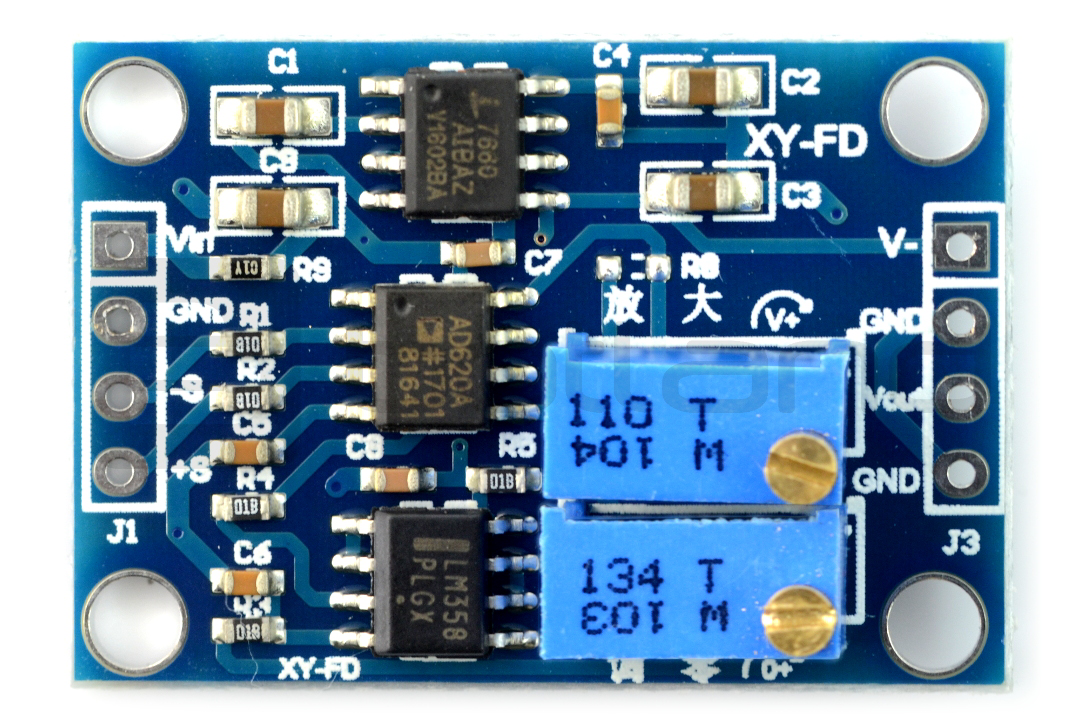
 Design with ad620 in Cirkit Designer
Design with ad620 in Cirkit DesignerIntroduction
The AD620 is a low-power instrumentation amplifier known for its high accuracy and low noise. It is designed to amplify small differential signals in the presence of large common-mode voltages, making it ideal for precision measurement applications. With its high common-mode rejection ratio (CMRR), the AD620 is widely used in sensor signal conditioning, medical instrumentation, and data acquisition systems. Its low power consumption and compact design make it suitable for portable and battery-powered devices.
Explore Projects Built with ad620
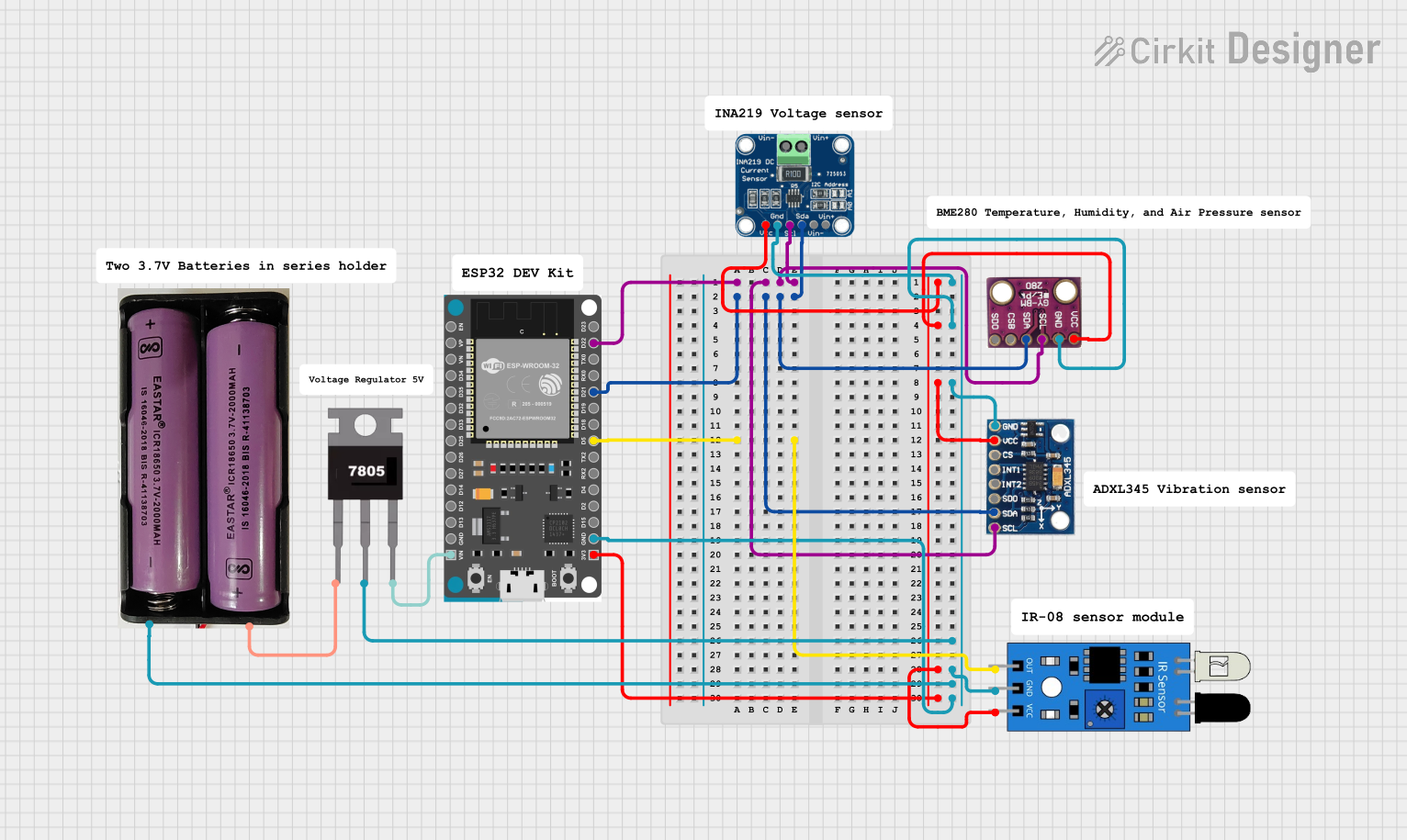
 Open Project in Cirkit Designer
Open Project in Cirkit Designer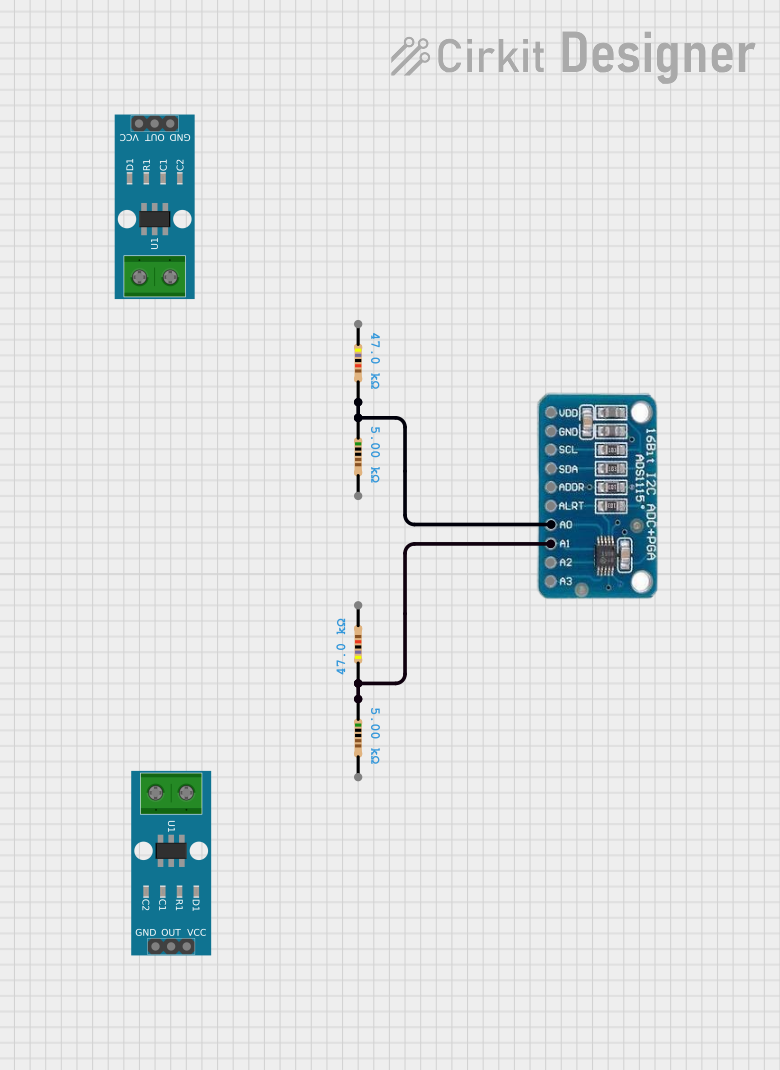
 Open Project in Cirkit Designer
Open Project in Cirkit Designer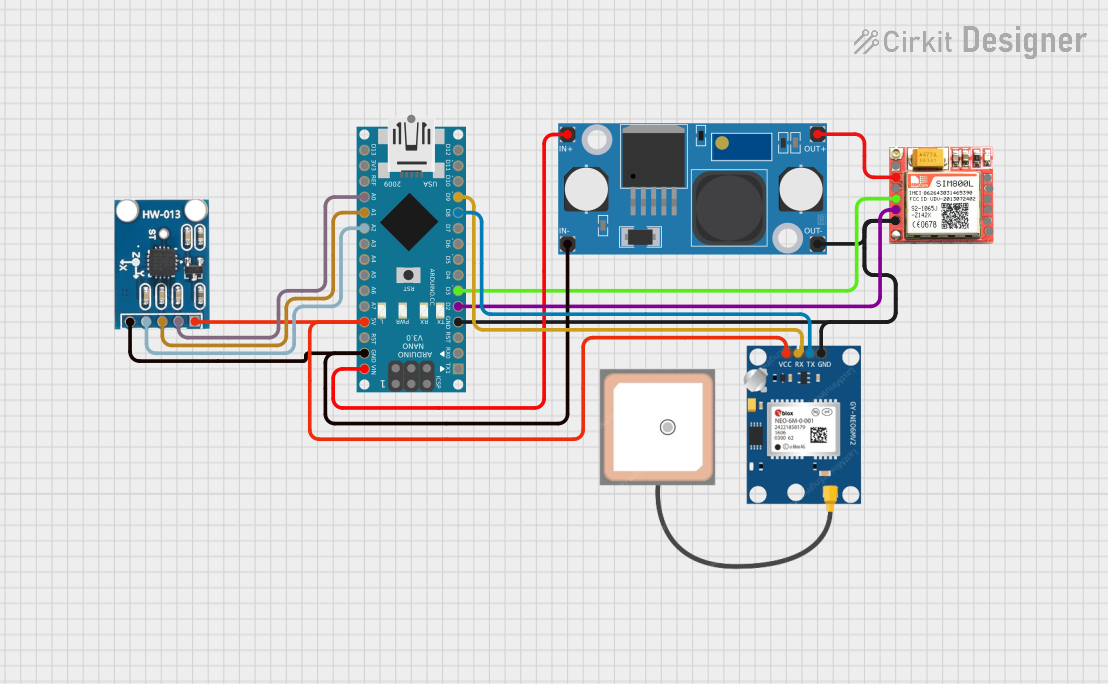
 Open Project in Cirkit Designer
Open Project in Cirkit Designer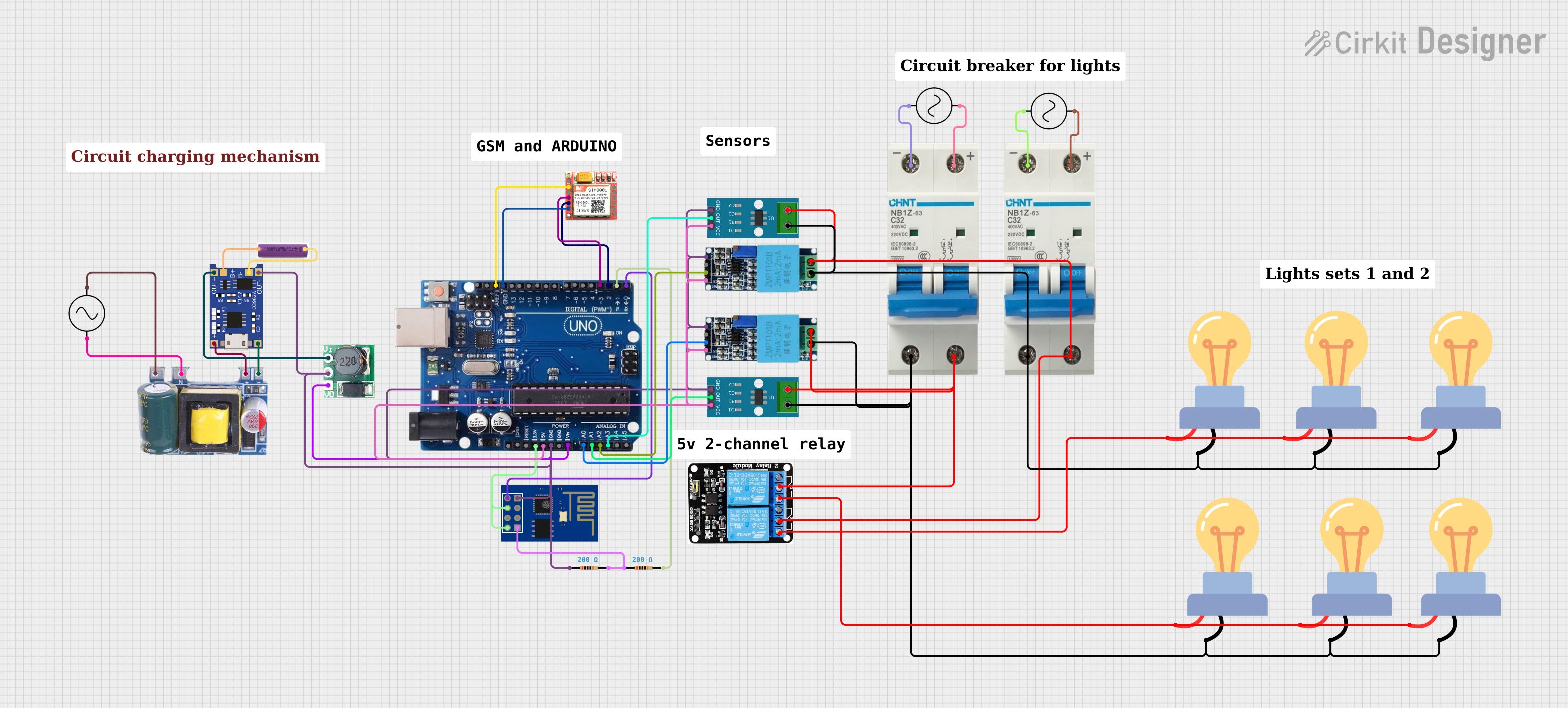
 Open Project in Cirkit Designer
Open Project in Cirkit DesignerExplore Projects Built with ad620

 Open Project in Cirkit Designer
Open Project in Cirkit Designer
 Open Project in Cirkit Designer
Open Project in Cirkit Designer
 Open Project in Cirkit Designer
Open Project in Cirkit Designer
 Open Project in Cirkit Designer
Open Project in Cirkit DesignerCommon Applications
- Sensor signal amplification (e.g., thermocouples, strain gauges, and pressure sensors)
- Medical instrumentation (e.g., ECG, EEG, and blood pressure monitors)
- Data acquisition systems
- Industrial process controls
- Portable measurement devices
Technical Specifications
Key Technical Details
- Supply Voltage: ±2.3V to ±18V (dual supply) or 4.6V to 36V (single supply)
- Input Impedance: 10 GΩ (differential), 2 GΩ (common-mode)
- Gain Range: 1 to 10,000 (set by an external resistor)
- Gain Equation: ( G = 1 + \frac{49.4k\Omega}{R_G} )
- Common-Mode Rejection Ratio (CMRR): 100 dB (minimum at G = 10)
- Input Offset Voltage: 50 µV (typical)
- Bandwidth: 120 kHz (at G = 1)
- Quiescent Current: 1.3 mA (typical)
- Package Options: 8-pin DIP, SOIC, and MSOP
Pin Configuration and Descriptions
The AD620 is available in an 8-pin package. The pinout and descriptions are as follows:
| Pin Number | Pin Name | Description |
|---|---|---|
| 1 | Ref | Reference voltage input. Sets the output voltage reference level. |
| 2 | -In | Inverting input of the differential amplifier. |
| 3 | +In | Non-inverting input of the differential amplifier. |
| 4 | -Vs | Negative power supply (ground for single-supply operation). |
| 5 | RG | Gain-setting resistor connection. |
| 6 | Output | Amplifier output. |
| 7 | +Vs | Positive power supply. |
| 8 | RG | Gain-setting resistor connection (connected to Pin 5). |
Usage Instructions
How to Use the AD620 in a Circuit
- Power Supply: Connect the AD620 to a dual power supply (e.g., ±5V, ±12V) or a single power supply (e.g., 5V, 12V). Ensure the supply voltage does not exceed the maximum rating of ±18V or 36V for single supply.
- Input Connections: Connect the differential signal to the +In (Pin 3) and -In (Pin 2) pins. Ensure the input signal is within the common-mode voltage range.
- Gain Setting: Select the gain by connecting a resistor (( R_G )) between Pins 5 and 8. Use the gain equation ( G = 1 + \frac{49.4k\Omega}{R_G} ) to calculate the required resistor value.
- Reference Voltage: Connect the Ref pin (Pin 1) to a voltage source to set the output reference level. For single-supply operation, connect Ref to mid-supply (e.g., 2.5V for a 5V supply).
- Output: The amplified signal is available at the Output pin (Pin 6). Connect this pin to the next stage of your circuit (e.g., ADC or microcontroller).
Important Considerations
- Use precision resistors for ( R_G ) to ensure accurate gain settings.
- Decouple the power supply with capacitors (e.g., 0.1 µF ceramic and 10 µF electrolytic) close to the power pins to reduce noise.
- Avoid exceeding the input voltage range to prevent distortion or damage to the amplifier.
- For single-supply operation, ensure the input signal and reference voltage are within the allowable range.
Example: Connecting AD620 to an Arduino UNO
The AD620 can be used to amplify a sensor signal for an Arduino UNO's ADC input. Below is an example circuit and code:
Circuit Description
- Connect the sensor's differential output to the +In (Pin 3) and -In (Pin 2) pins of the AD620.
- Set the gain using a resistor ( R_G ) between Pins 5 and 8.
- Connect the Ref pin (Pin 1) to 2.5V (midpoint of the Arduino's 5V supply).
- Connect the Output pin (Pin 6) to an analog input pin on the Arduino (e.g., A0).
Arduino Code
// AD620 Amplifier Example with Arduino UNO
// Reads the amplified signal from the AD620 and displays it via Serial Monitor.
const int analogPin = A0; // Analog pin connected to AD620 output
int sensorValue = 0; // Variable to store the ADC reading
void setup() {
Serial.begin(9600); // Initialize serial communication at 9600 baud
}
void loop() {
sensorValue = analogRead(analogPin); // Read the ADC value (0-1023)
// Convert the ADC value to voltage (assuming 5V reference)
float voltage = sensorValue * (5.0 / 1023.0);
// Print the voltage to the Serial Monitor
Serial.print("Voltage: ");
Serial.print(voltage);
Serial.println(" V");
delay(500); // Wait for 500ms before the next reading
}
Troubleshooting and FAQs
Common Issues and Solutions
No Output Signal:
- Verify the power supply connections and ensure the voltage is within the specified range.
- Check the input signal and ensure it is within the common-mode voltage range.
- Ensure the gain-setting resistor (( R_G )) is properly connected.
Distorted Output:
- Ensure the input signal amplitude does not exceed the input voltage range.
- Check for proper decoupling of the power supply to reduce noise.
Incorrect Gain:
- Verify the value of ( R_G ) and recalculate the gain using the formula ( G = 1 + \frac{49.4k\Omega}{R_G} ).
- Use precision resistors to minimize errors.
Output Voltage Stuck at Reference Level:
- Ensure the Ref pin is connected to the correct reference voltage.
- Check the input signal connections for proper polarity.
FAQs
Q: Can the AD620 operate with a single power supply?
A: Yes, the AD620 can operate with a single supply voltage (e.g., 5V or 12V). Ensure the input signal and reference voltage are within the allowable range for single-supply operation.
Q: How do I calculate the gain for a specific application?
A: Use the formula ( G = 1 + \frac{49.4k\Omega}{R_G} ). For example, to achieve a gain of 100, use ( R_G = 499 \Omega ).
Q: What is the maximum input signal the AD620 can handle?
A: The maximum input signal depends on the power supply and common-mode voltage range. Refer to the datasheet for detailed specifications.
Q: Can I use the AD620 for AC signals?
A: Yes, the AD620 can amplify AC signals. Use appropriate coupling capacitors to block DC offsets if needed.